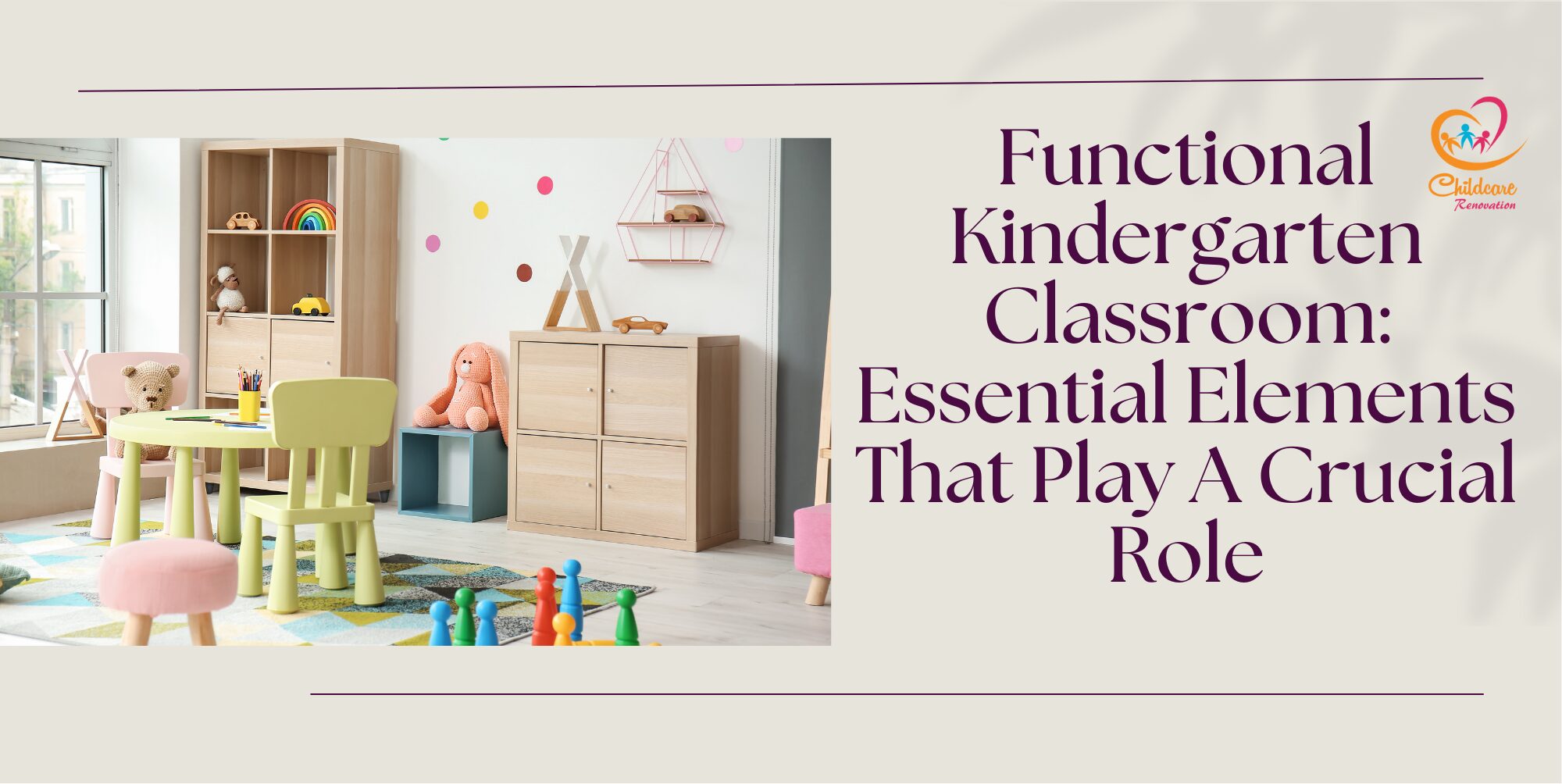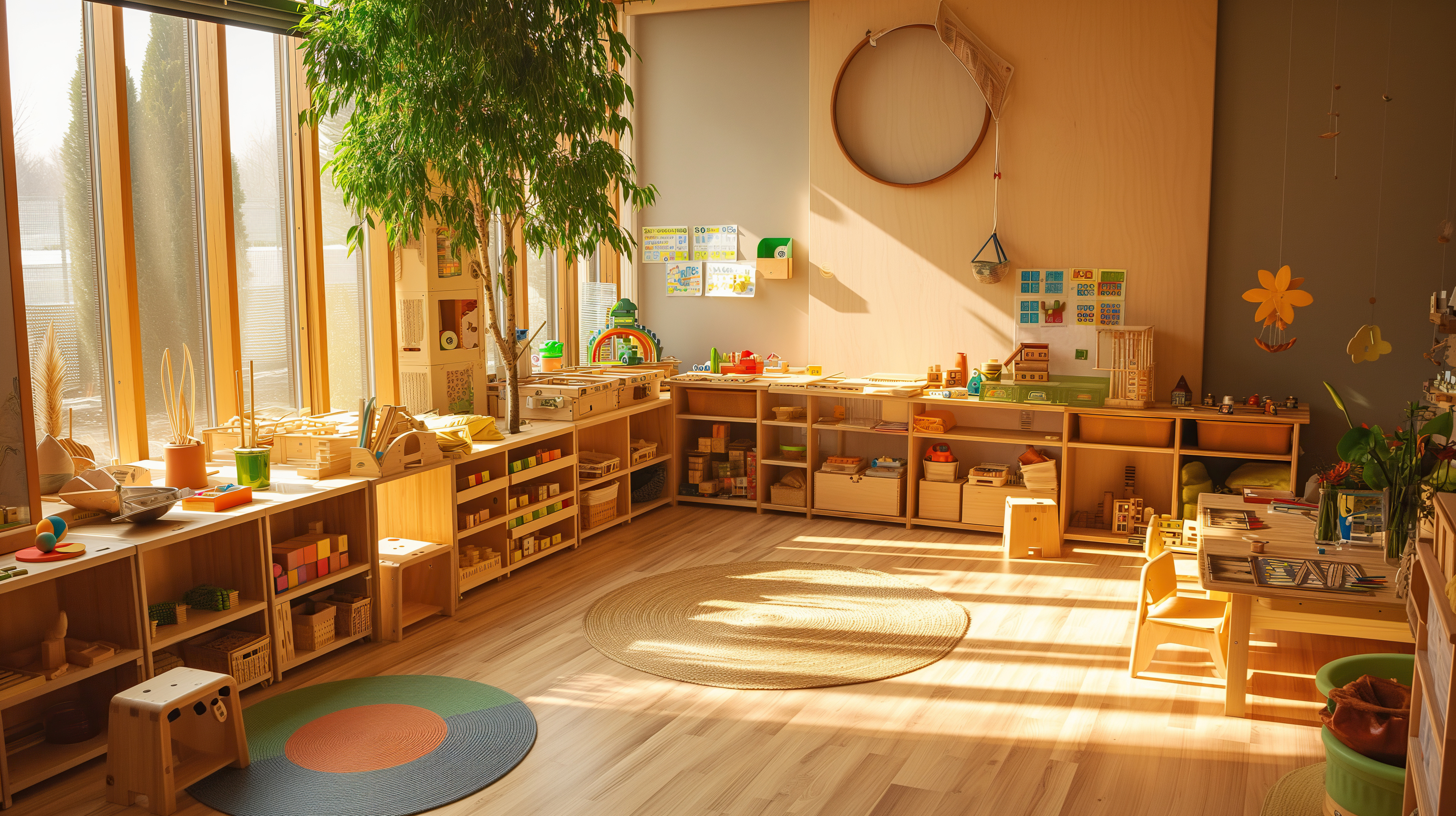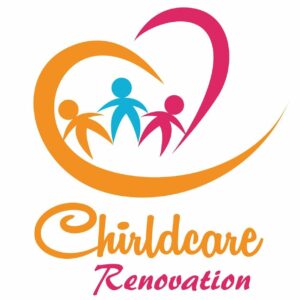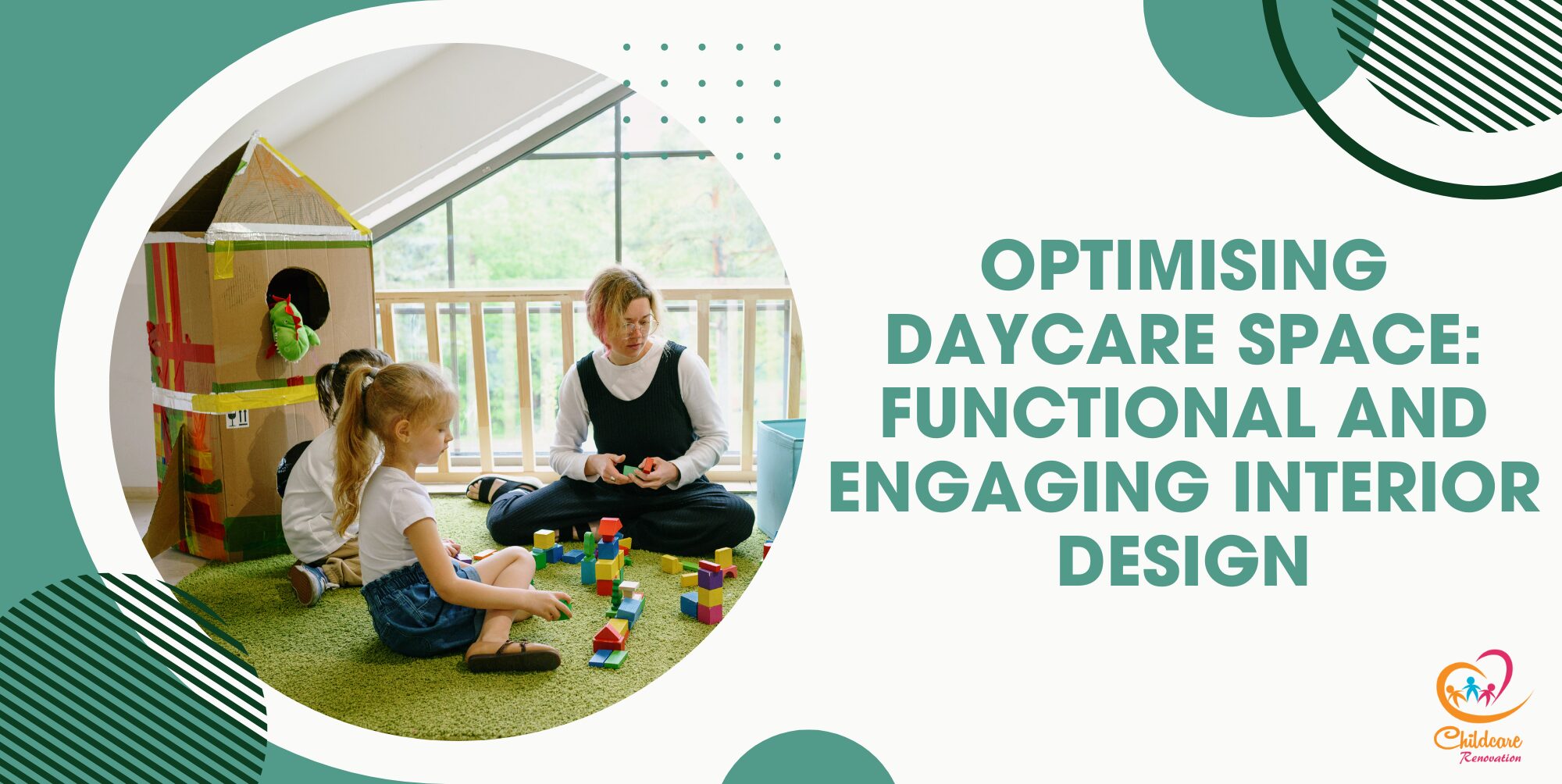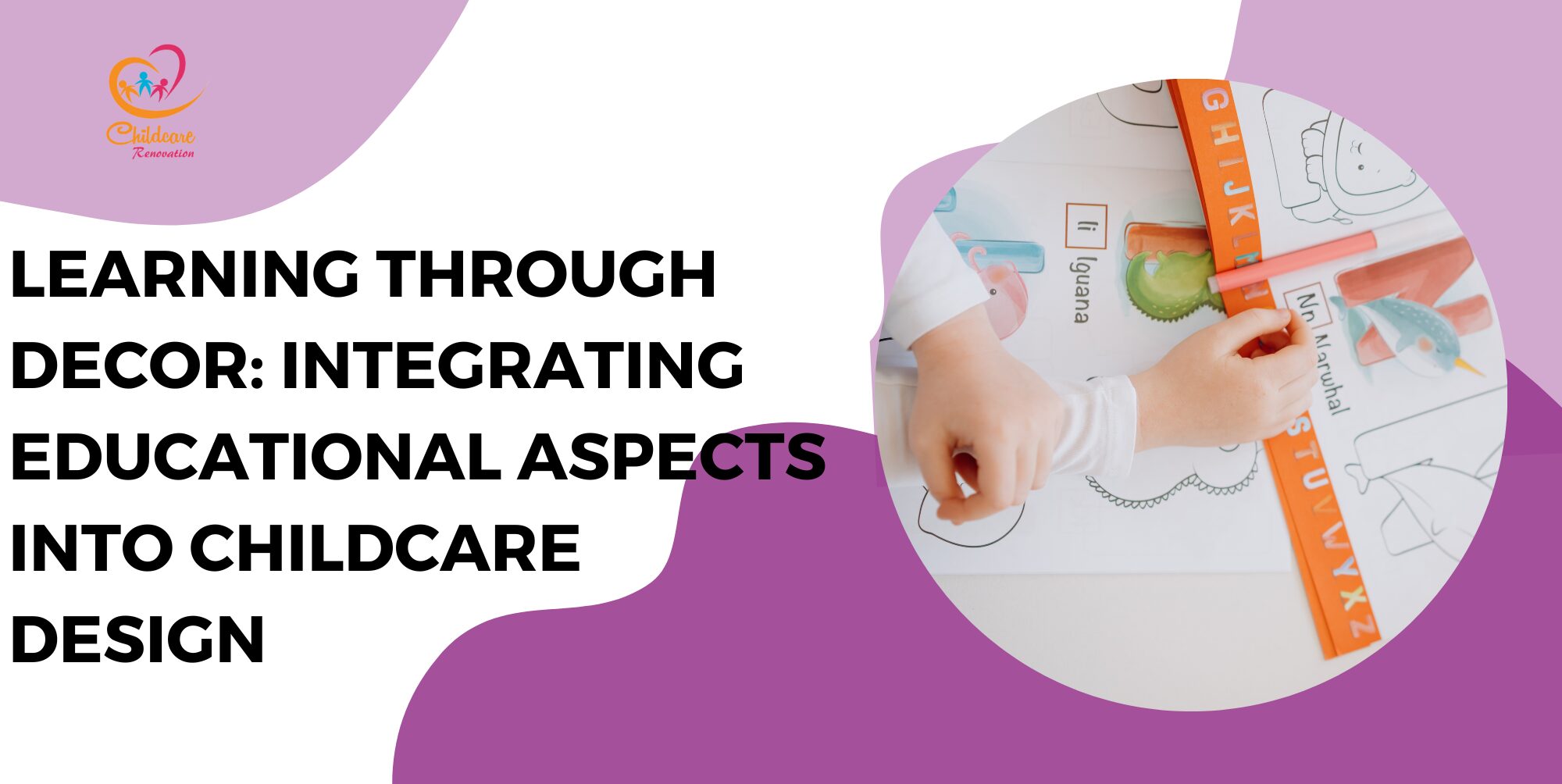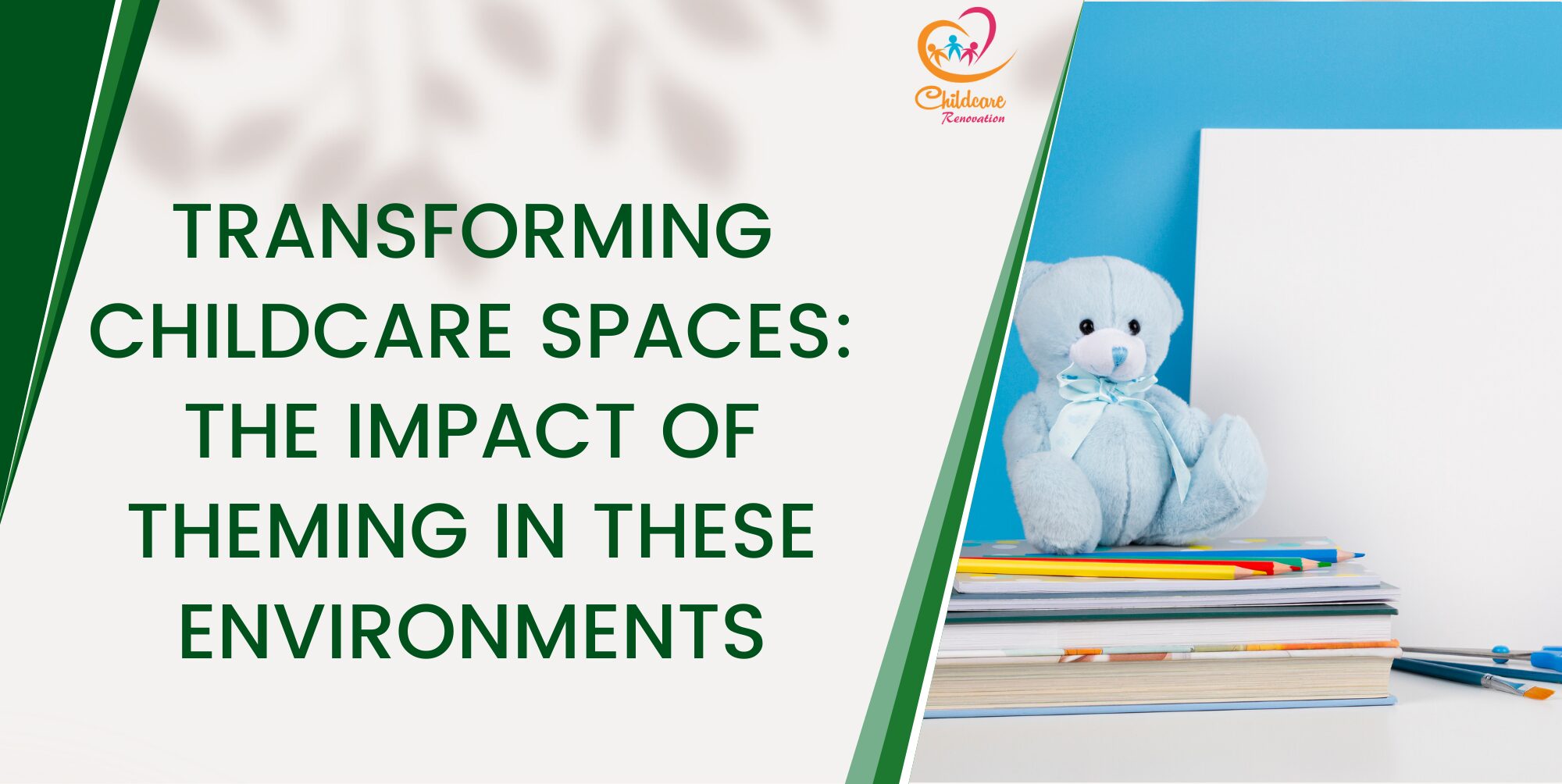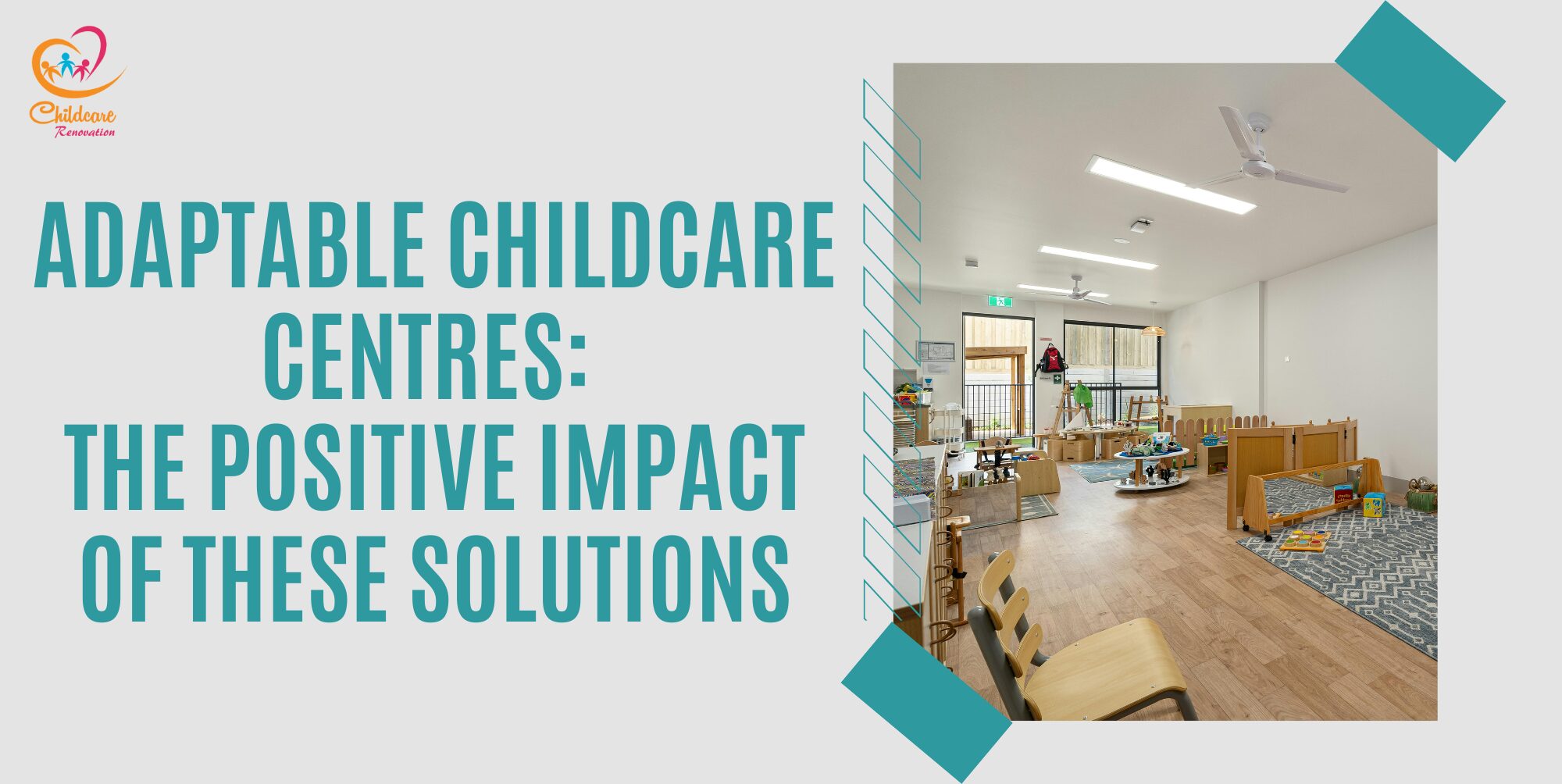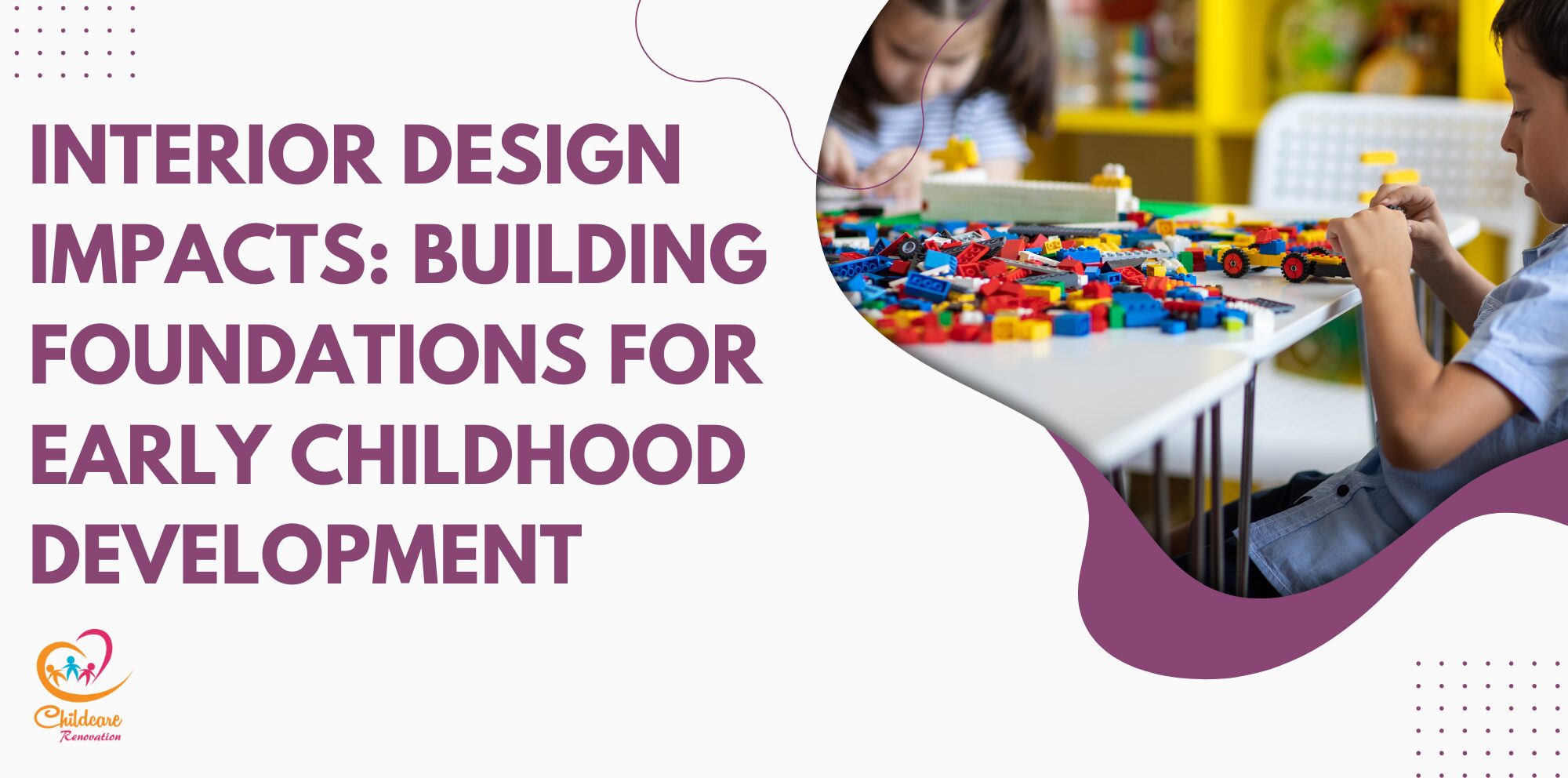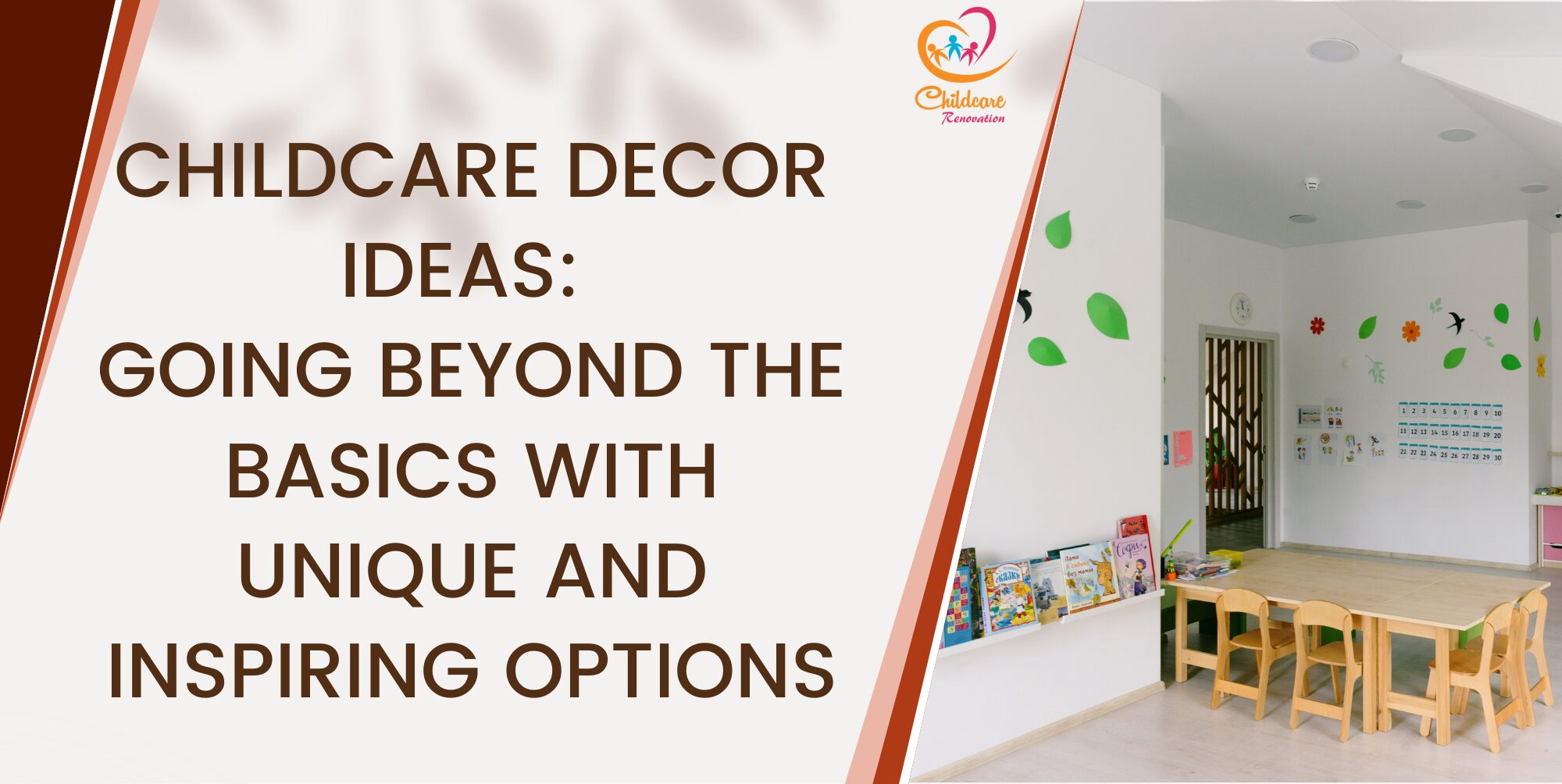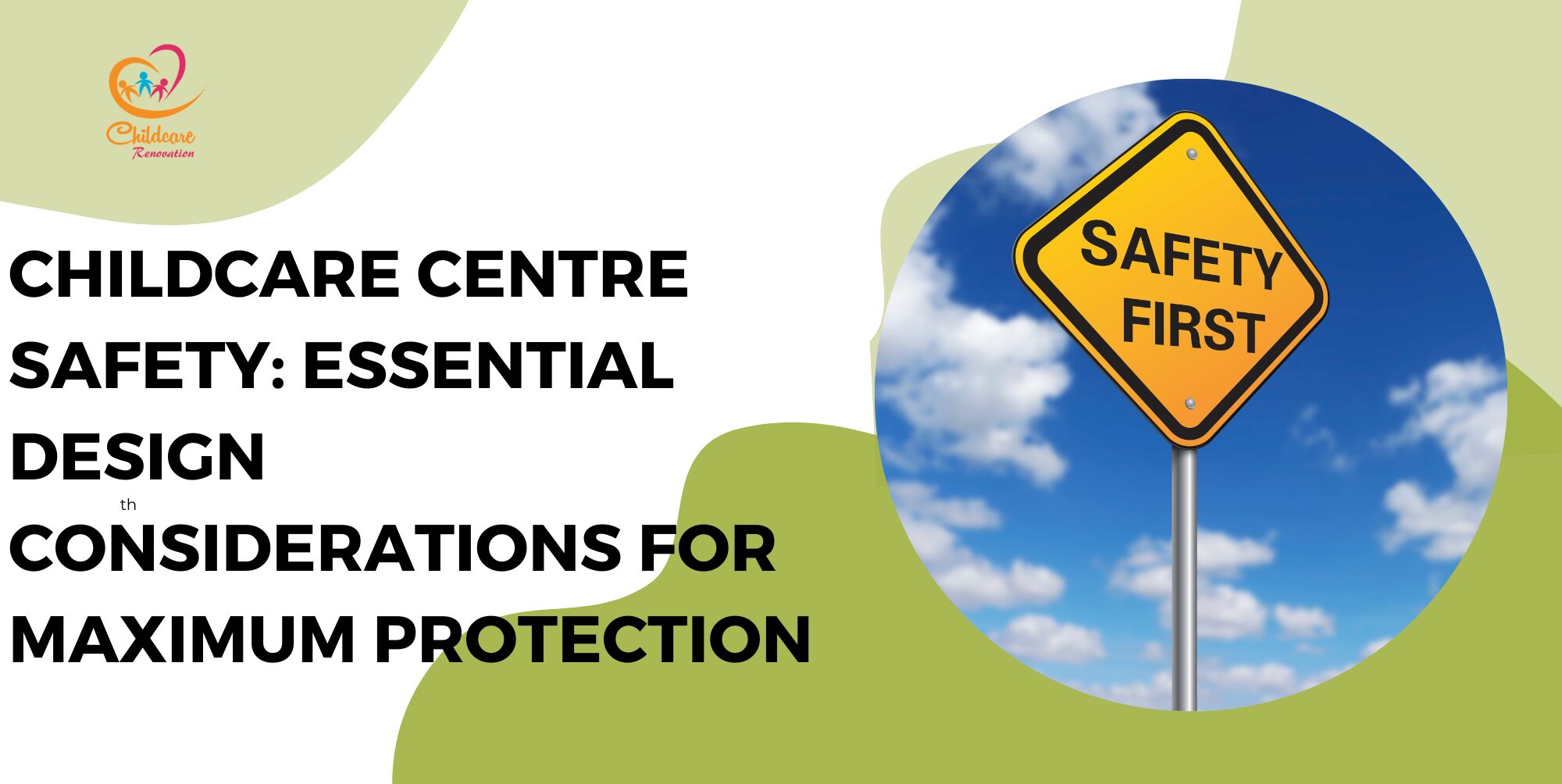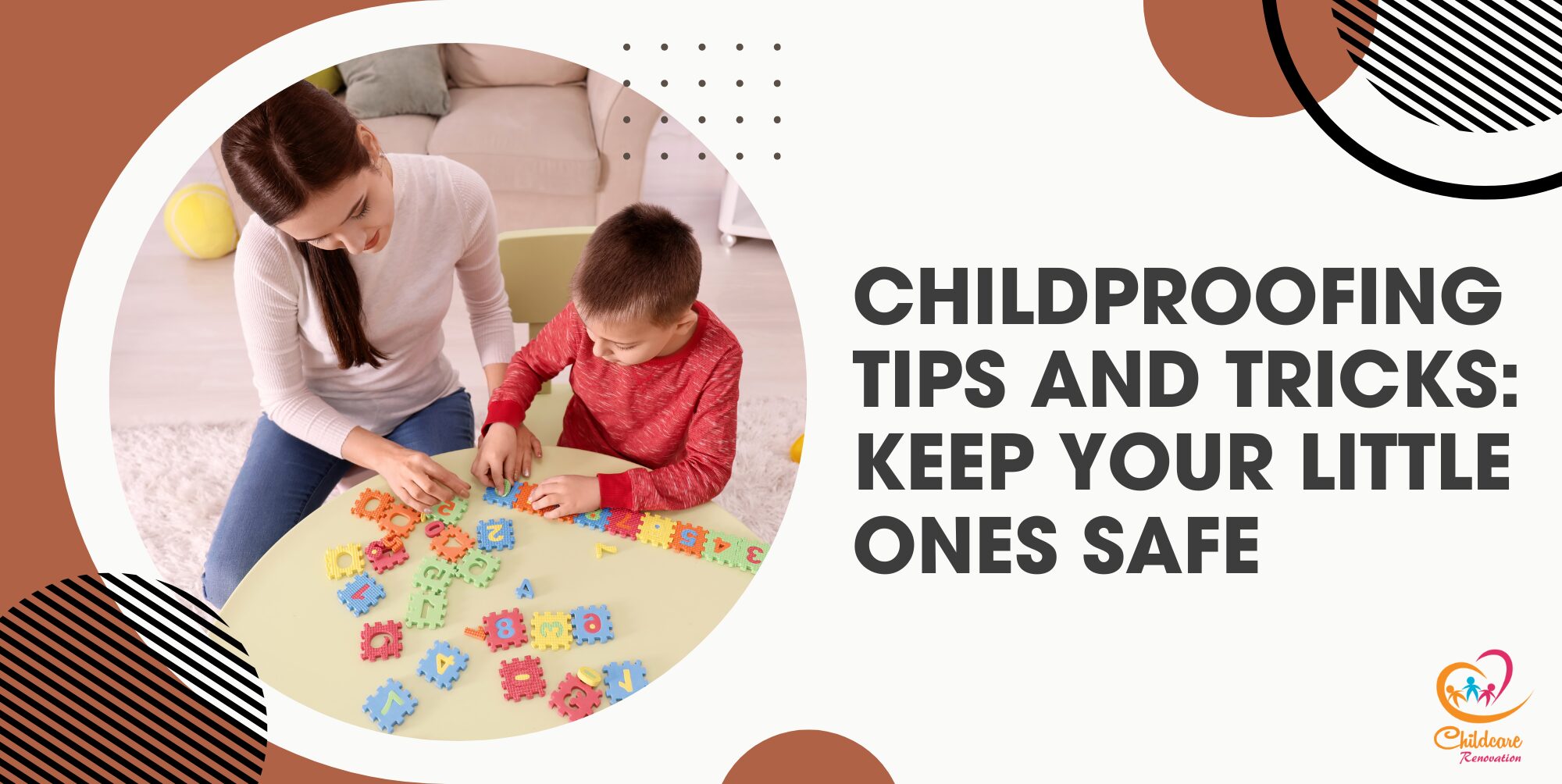Functional kindergarten classroom is essential when it comes to creating an environment that is conducive to young children. It is crucial to set up a classroom that is functional and well put together for the betterment of young children. Here are some of the best ways to make sure a kindergarten is functional.
Functional Kindergarten Classroom 1: Clearly Defined Learning Areas
Functional kindergarten classroom depends much on clearly defined learning areas, which are vital elements since they play a great supporting role in children’s growth and learning. These designated spaces such as art stations, reading nooks, sensory areas, dramatic play regions, and maths or science centres help kids grasp the surroundings and interact meaningfully with it by means of structure and intention.
Every zone is thoughtfully laid out to promote particular kinds of learning and play, thus letting teachers advance physical, social, emotional, and cognitive development via deliberate experiences. An art zone, for instance, encourages fine motor skills and imagination, whereas a literacy rich reading spot fosters love of books and language abilities.
Clearly marking each section with visual clues, materials, and right furniture helps kids to independently navigate, select activities, and transition throughout the day. Such independence fosters self confidence and fosters a feeling of accountability. Moreover, by decreasing chaos and distractions, these areas help class management by allowing teachers to more effectively observe and interact with small groups or pupils. Clear learning spheres also let inclusive education to be more available since they help to fit changes developmental levels and learning styles.
Knowledge of what children will find in every room helps them to feel confident and driven, so boosting engagement and conduct. Ultimately, these regions are essential instructional instruments that transform the classroom into a dynamic learning setting as they are not only physical areas. Their careful organisation and usage guarantee that every aspect of the kindergarten environment adds to a well rounded, intellectual experience.
Functional Kindergarten Classroom 2: Flexible Seating Options
Creating a working kindergarten classroom supporting many learning styles and encouraging engagement depends crucially on flexible seating alternatives. Flexible seat plans allow children to choose their seating according on the activity, mood, or learning style.
By offering young children some control over their learning environment, this strategy strengthens them. Variety of seating options such chairs, pillows, beanbags, standing desks, or floor spots provide for motion, which is vital for young children who might have problems sitting still for long stretches. Flexible seating also promotes social interaction and cooperation, as kids may easily change their postures to work in small teams or pairs. It helps to have a more dynamic classroom where the room changes to meet the needs of the students rather than coercing children into a one-size-fits-all setting.
@kgprincipalshome #kindergartendesign #kindergarten #preschool #chinesekindergarten
Furthermore, flexible seating helps young people to be independent and make decisions because they can evaluate their own comfort levels and select a location that is ideal for their present job. This configuration allows teachers to seamlessly fit different learning experiences from group discussions to independent work and guarantee that every student has enough room to learn in a way that feels normal to them.
At its core, flexible seating assists in satisfying the bodily requirements of small children and also fosters a classroom environment of active participation, independence, and choice.
Functional Kindergarten Classroom 3: Safety And Accessibility
A practical kindergarten room depends on safety and access to guarantee that the surroundings are not only appropriate for learning but also secure for very young youngsters. To avoid accidents, the classroom should be free of hazards and have child-safe furniture with rounded edges and strong construction.
To prevent trips and falls, flooring should be non-slip and everything should be kept at low heights so that kids may freely access them. Young children should have classroom furnishings such chairs and tables that are sized suitably to support comfort and right posture, therefore guaranteeing they can sit and interact free from stress.
The room’s design should permit straightforward mobility free of clutter and particularly during changes. Transactional transformations. Clearly marked and unobstructed emergency exits and alternate paths for kids to know where to run in case of an emergency. Encouraging self-reliance and permitting kids to access items and personal possessions without help, accessible furniture including low shelving and cubbies helps.
Furthermore, using tools and supplies that meet various learning demands for example sensory objects or adjustable seating can help children with handicaps to have a fuller experience. Encouraging both independence and safety, visual cues and labels can also be employed to direct kids throughout the space so they know where to locate supplies and how to arrange their stuff. Together, these components make a classroom in which pupils feel safe and motivated to investigate and study.
Functional Kindergarten Classroom 4: Space For Personal Belongings
Creating a design space for every child’s belongings is one of the key components of an operational kindergarten classroom. One becomes more organised and responsible with personal storage facilities like lockers or cubbies.
Every child ought to have personal work, lunchboxes, jackets, and backpacks stored in their own space. In addition to keeping the classroom in order, this group helps small students take charge of their possessions. Cubbies or lockers should be low and easily accessible, therefore maximising children’s ability to independently store and retrieve items. Labelling every cubby with a recognisable symbol or the child’s name may support literacy skills and simplify early identification of their space.
@_geniuskinderlandperda Genius Kinderland Interior🥰 The interior decoration and equipment of the kindergarten has a variety of educational-based toys that are fun and sure to interest our students when they are here all day! #IslamicKindergarten #islamicpreschool #islamicpreschool #cambridgeenglish #viralvideo #islamicvideo #register2025 #tadikaauladgenius #intake2025 #trending #geniuskinderlandbandarperda
♬ original sound – littlegeniusperda – Genius Kinderland Perda
Personal storage spaces also help to give each student the feeling that their belongings are secure and have their own particular location, thereby adding to ownership and confidence in the classroom along with promoting responsibility. Furthermore, the space should be placed so that it does not obstruct schoolwork and so that there are efficient transitions between educational regions.
A well-maintained storage system guarantees children have more time devoted to learning and less time hunting for things. Teachers may promote independence and order, which are fundamental components of an effective and supportive kindergarten setting, by including personal space for possessions in the design of their class.
Functional Kindergarten Classroom 5: Teacher Work And Observation Area
A functional kindergarten room depends greatly on the teacher work and observation area. It provides the foundation for arranging plans, readying supplies, and handling administrative duties for the teacher. This region should be carefully situated in order for the teacher to have a good view of the whole room, therefore guaranteeing good student management during events.
One should have good access to materials including lesson plans, teaching aids, and classroom management tools and a desk that is well organised. This space should be friendly and something that reflects the teaching style of the teacher and encourages a feeling of comfort; it should also be practical.
The teacher work area should have storage for instructional materials including teaching aids, books, and manipulative as well as the desk. Ideal for fast accessibility are shelves or cabinetry with labeled bins. A notice board or wall position for student assignments, schedules, and essential reminders could also improve this area. Including a little space for one-on-one or small-group instruction also lets the instructor offer concentrated support while keeping sight of the entire class.
This area should be arranged to minimise distractions yet still engage students closely. In essence, the teacher work & observation area is indispensable for effective classroom management since it gives the teacher a usable space to plan, observe, and interact with the kids as well as for maintaining an organised and successful environment.
Speak with The Experts
Planning to get started at your kindergarten but have no idea about it?
Childcare Center Renovation Singapore is a reliable company for renovation and interior design. They have about ten years of experience in this field and have a good reputation among customers.
Call us now to get your desired kindergarten design ideas now!

